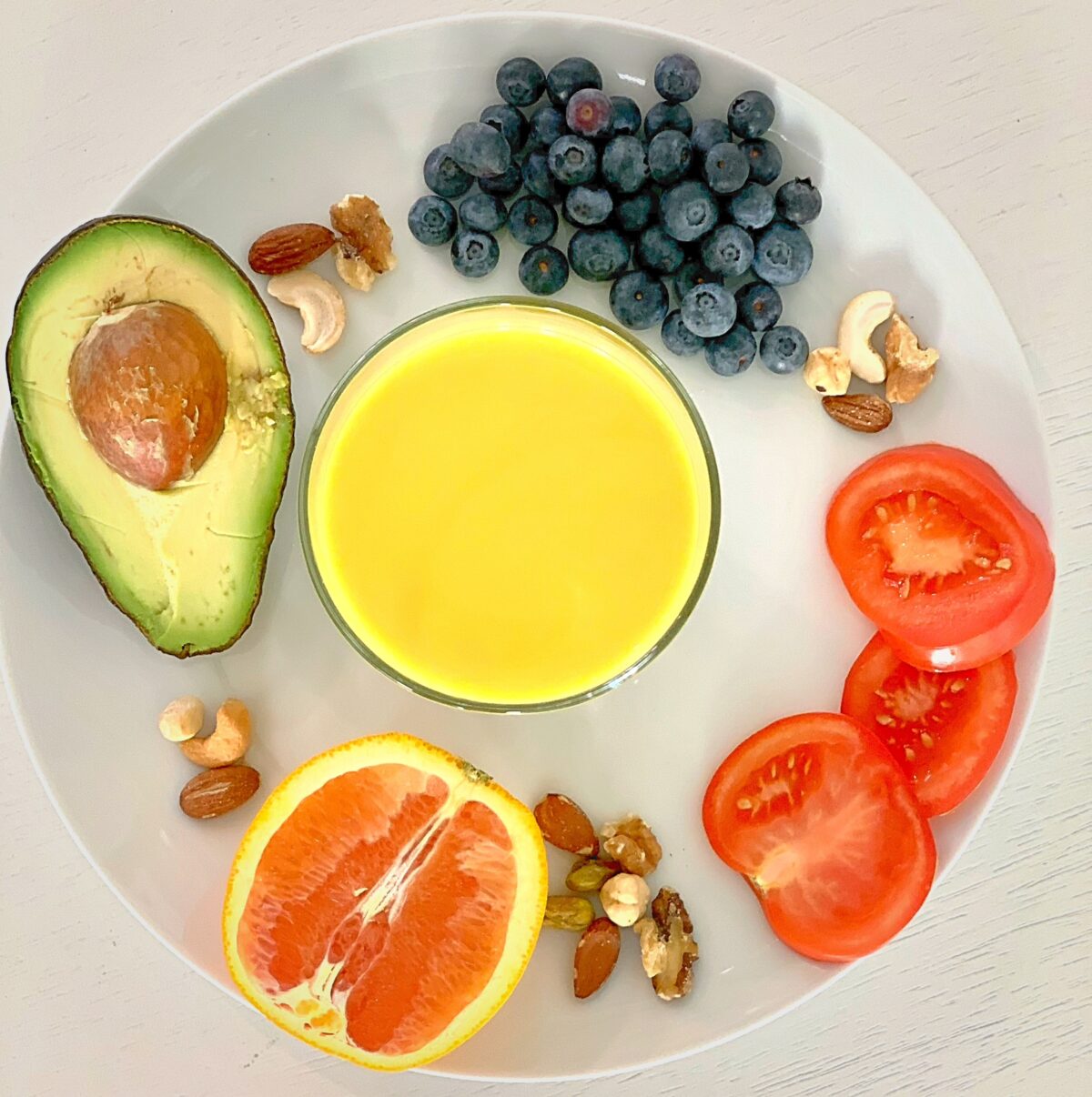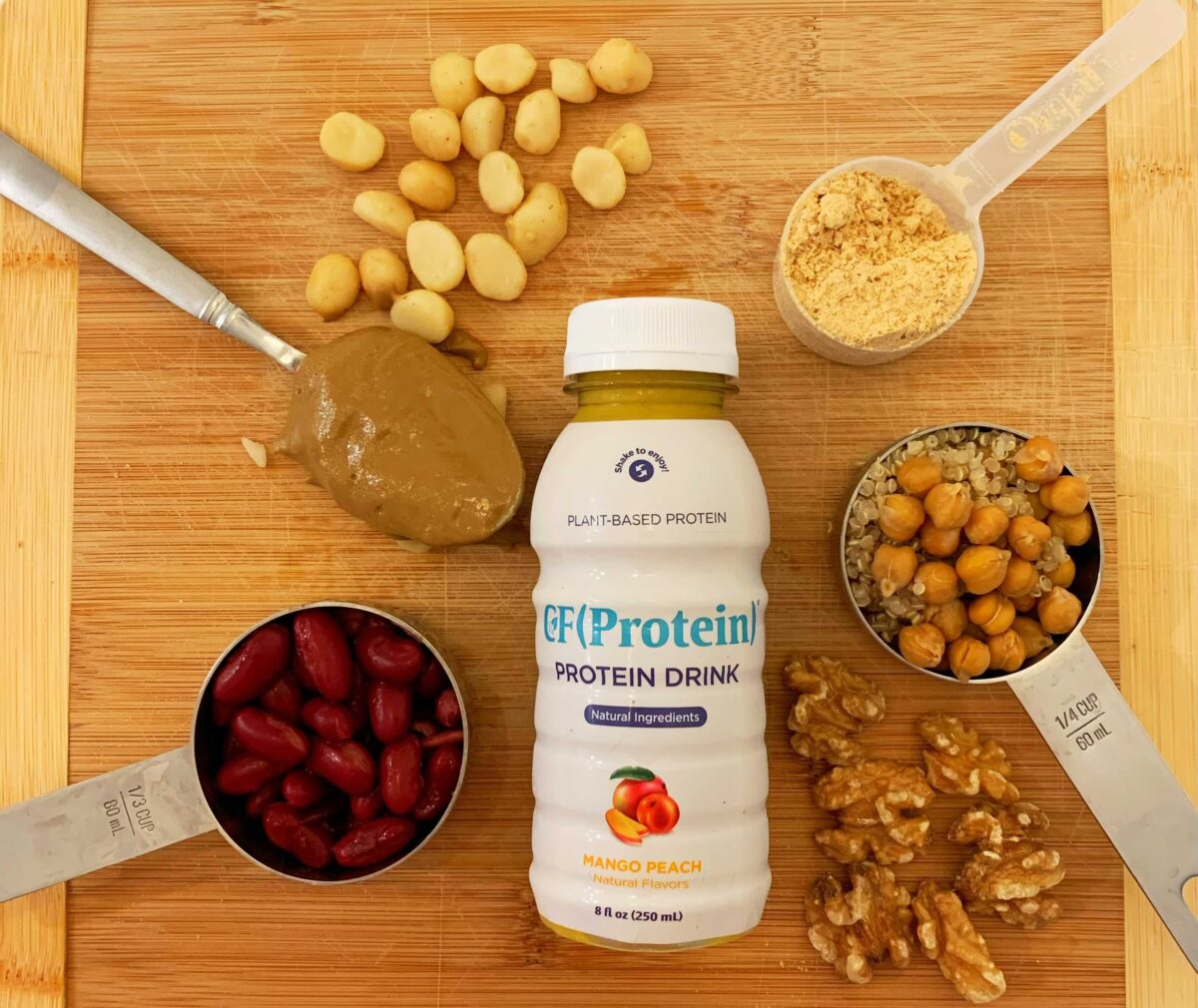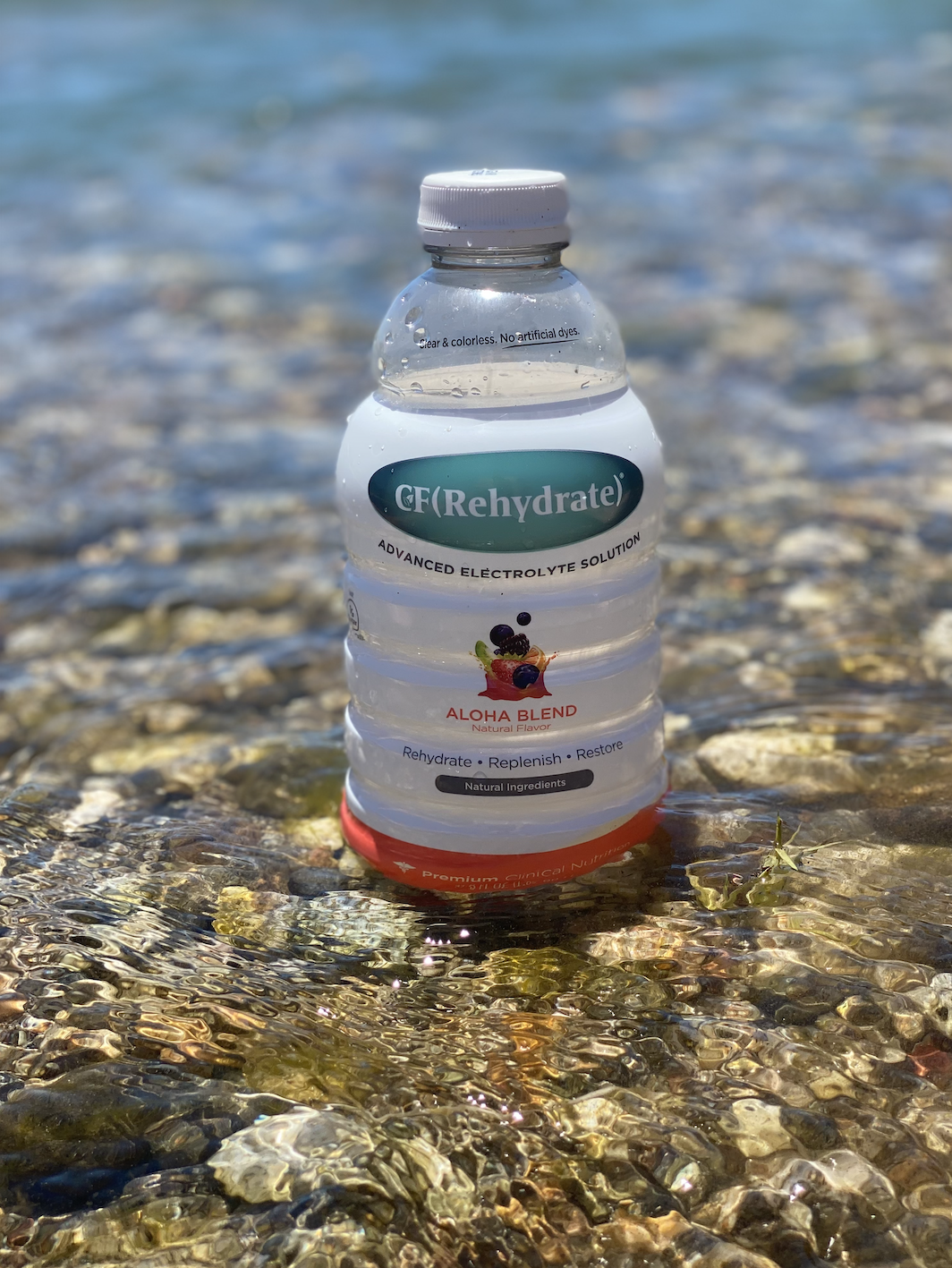Have you ever heard your doctor discuss anti-inflammatory foods or suggest an anti-inflammatory diet? Or (more likely), have you been prescribed medications to reduce inflammation when you are injured or sick? Well, this is because prolonged inflammation can cause damage to our bodies. Although inflammation is a natural and protective response from our bodies (think when you sprain your ankle and it begins to swell), if inflammation becomes chronic, illness and diseases may develop. Fortunately, there are lifestyle choices we can make to reduce chronic inflammation and protect ourselves from developing chronic diseases. Today we break down how to follow an anti-inflammatory diet and discuss other lifestyle habits to reduce inflammation and in turn, reduce the risk for developing chronic disease down the road.
What is the difference between acute and chronic inflammation?
Acute inflammation occurs when our body tries to protect itself from injuries or illness (think swollen ankle). When there is an infection or damage to your body, inflammation is the body’s natural response. Acute inflammation is natural and essential and is simply a protective response involving host cells, blood vessels, and proteins.
The goal of inflammation is to eliminate the initial cause of cell injury, remove necrotic cells and tissues, and initiate repair. Although acute inflammation is a protective response, if inflammation becomes chronic, it can be harmful. Chronic inflammation underlies chronic diseases. Therefore, it is essential to consume food that has anti-inflammatory functions and create habits that help you live an anti-inflammatory lifestyle.
How Do I Follow an Anti-Inflammatory Diet?
The way we eat is linked to inflammation and it is estimated that about 60% of chronic diseases can be prevented by the way we eat. This is because some foods promote inflammation in our bodies while others fight inflammation. To help you understand how to avoid pro-inflammatory foods and increase anti-inflammatory foods, here is the breakdown on how to follow an anti-inflammatory diet.
Foods to Limit:
- Trans Fat
- Fried food, baked goods, highly processed snacks
- Packaged Snacks
- Refined Oils
- Soybean, corn, sunflower, grapeseed
- Sugars and Simple Carbohydrates
- White bread, bagels, fruit juice, added sugar in candies and beverages
- Processed foods
- Lunch/deli meats, hot dogs, bacon, sausage
- Alcohol
Foods to Eat:
- Fruit and Vegetables
- Antioxidants that protect our cells and bodies
- Monounsaturated Fats
- Olive oil, avocado, nuts, and nut butter
- Omega 3’s
- Fatty fish, fish oil, whole grains, green veggies, walnuts, chia seeds
- Herbs and spices
- Paprika, Turmeric, Ginger, Tea, Cinnamon
- Fiber
- Legumes, Whole Grains, Nuts, Fruits and Veggies
What anti-inflammatory ingredients are in CF Nutrition Products?
At CF Nutrition, our goal is to set you up with products that make you feel great and fuel your body in the best way possible. We strive to use the most premium ingredients that actually have a purpose so each product is carefully formulated and beneficial to consume. Here we highlight the anti-inflammatory ingredients in some of our products.
- Turmeric in CF(Protein)®
- There is 0.3g of turmeric in one bottle of CF(Protein)®. Turmeric contains a powerful active component called curcumin. Curcumin gives turmeric its bright yellow hue and is in other spices like cinnamon. Although research is ongoing, studies have demonstrated turmeric’s powerful ability to reduce painful inflammation throughout the body.
- Chia Seed Oil in CF(Protein)®
- Chia seed oil is high in omega 3 fatty acids and helps reduce inflammation. There are 5 grams of chia seed oil in CF(Protein)®. Omega 3 deficiency may cause prolonged inflammatory response, and several Americans do not get enough Omega 3 in their diet. By drinking CF(Protein)®, you can help meet the recommended amount of omega 3.
- The antioxidants in CF(Rehydrate)® Immunity+ and CF(Preop)®
- In one 12 oz serving of CF(Rehydrate)® Immunity+, there is 25% of the recommended daily values (DV) of Vitamin D and Zinc, 100% of the DV of Vitamin C, 20% of the DV of Selenium, 15% of the DV of Phosphorus, 4% of the DV of potassium, and 10% of the DV of Magnesium. CF(Preop)® contains 45% DV of Zinc, 50% DV of Vitamin A, 20% DV of Selenium, and 2%DV of Potassium. These vitamins and minerals help prevent inflammation in our bodies by reducing oxidative stress.
What are other lifestyle choices to reduce inflammation?
Diet is one of the main factors that causes inflammation but there are several other ways to live an anti-inflammatory lifestyle.
Here are our top tips:
- Stop smoking
- Limit or Avoid Alcohol
- Reducing and Managing Stress
- Getting Enough Sleep
- Maintaining a Healthy Weight
- Be Physically Active
- Do things you love with people who make you happy
Fueling your body with anti-inflammatory foods will help you stay healthy and prevent inflammation that leads to chronic disease as you age. CF Nutrition products are carefully formulated with premium ingredients that help fight inflammation. So what are you waiting for? Start living an anti-inflammatory life today!








